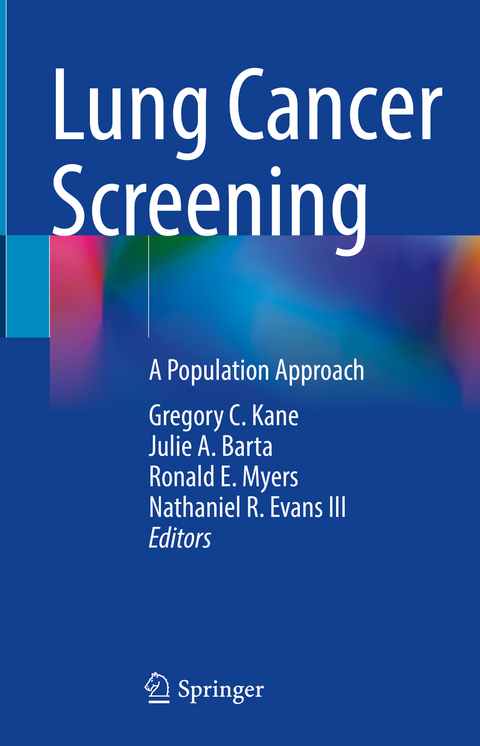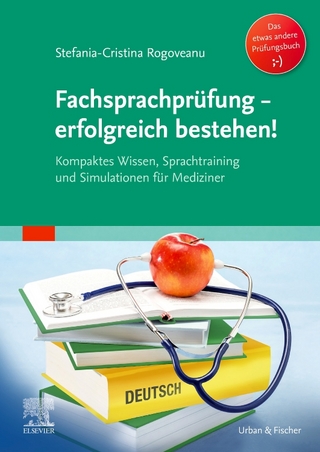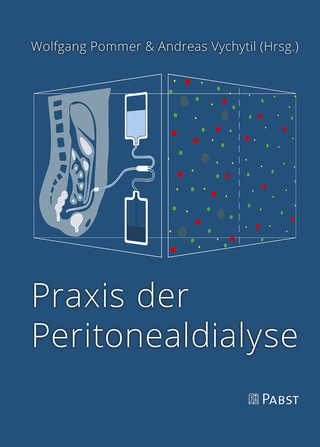
Lung Cancer Screening
Springer International Publishing (Verlag)
978-3-031-33595-2 (ISBN)
This book is a comprehensive guide to lung cancer screening for clinicians, healthcare systems, community leaders, and public health officials with the hope of creating a more equitable landscape in both lung cancer screening and lung cancer-related outcomes, at local, state, and national levels. Authors take a new approach to primary and secondary lung cancer prevention that is in the early stages of adoption in the United States. The last decade ushered in recognition of screening as an effective intervention, but unfortunately, despite the wide acceptance of the importance of this new screening modality, nationally, not more than 5% of eligible subjects have undergone screening to date in the United States, although in some states uptake has reached as high as 16%. As is common with any new preventive cancer screening, racial and socioeconomic disparities emerge in utilization, stage at diagnosis, and mortality. Over time, these disparities decline, but consequential differences endure. Therefore, it is critical to establish equitable screening practices.
The true measure of the effectiveness of any lung cancer screening program needs to be viewed through the lens of its impact on populations, including those most affected by the morbidity and mortality of smoking-related illness and lung cancer. As such, this book emphasizes a number of important public health topics, including community outreach to vulnerable populations, social justice issues, addressing stigma and fatalism in the general community, and the use of geocoding to assess a program's impact at a population level. This book weaves traditional topics related to lung cancer screening, such as promoting initial and repeat screening, interpreting Lung RADs, and managing the follow-up of findings, into the population perspective in order to present a unified, comprehensive approach to the subject. Further, it serves as a guide that health systems, health care professionals, community leaders, and other stakeholders can use to achieve the promise of lung cancer screening.
lt;p>Gregory C. Kane, MD, MACP
The Jefferson-National Jewish Health Korman Respiratory Institute
Division of Pulmonary and Critical Care Medicine
Department of Medicine
Sidney Kimmel Medical College at Thomas Jefferson University
Philadelphia, PA, USA
Julie A. Barta, MD, ATSF
The Jefferson-National Jewish Health Korman Respiratory Institute
Division of Pulmonary and Critical Care Medicine
Department of Medicine
Sidney Kimmel Medical College at Thomas Jefferson University
Philadelphia, PA, USA
Ronald E. Myers, DSW, PhD, FSBM
Division of Population Science
Department of Medical Oncology
Sidney Kimmel Cancer Center at Thomas Jefferson University
Philadelphia, PA, USA
Nathaniel R. Evans III, MD, FACS, FCCP
The Jefferson-National Jewish Health Korman Respiratory Institute
Division of Thoracic Surgery
Department of SurgerySidney Kimmel Medical College at Thomas Jefferson University
Philadelphia, PA, USAu
SECTION 1: INTRODUCTION.- Chapter 1: The Promise of Lung Cancer Screening.- Chapter 2: A Brief History of Lung Cancer Screening.- Chapter 3: Stigma and Fatalism in Lung Cancer.- Chapter 4: Screening Eligibility, Education, and Shared Decision Making.- Chapter 5: Smoking Cessation in a Lung Cancer Screening Program - Brooke Ruane, MSN, CRNP.- Chapter 6: Why Achieving Health Equity in Lung Cancer Screening is So.- SECTION 2: APPLYING A LEARNING COMMUNITY MODEL.- Chapter 7: A Health System Learning Community.- Chapter 8: Different Approaches for Offering Lung Cancer Screening.- Chapter 9: Identifying Patients Eligible for Lung Cancer Screening.- Chapter 10: Patient Outreach and Provider Support in Lung Cancer Screening.- Chapter 11: Shared Decision Making in Lung Cancer Screening.- Chapter 12: Advances in Tobacco Treatment.- SECTION 3: ORGANIZING A QUALITY PROGRAM.- Chapter 13: Organizational Workflow for Lung Cancer.- Chapter 14: Lung-RADS and Radiology Reporting Requirements.- Chapter 15: Managing Incidental Findings.- Chapter 16: Leveraging the EMR for Continuous Quality.- Chapter 17: Minimizing Harms of Screening.- Chapter 18: A Multidisciplinary Approach.- Chapter 19: Managing Lung Cancer Screening in a Major Health Care System.- Chapter 20: Cost Considerations.- SECTION 4: TAKING CARE OF THE PATIENT.- Chapter 21: Engaging Patients from Diverse Backgrounds in Lung Cancer.- Chapter 22: Modern Management of Early-Stage Lung Cancer.- Chapter 23: The Revolution of Lung Cancer Therapeutics.- SECTION 5: ENGAGING THE COMMUNITY.- Chapter 24: Lung Cancer and Social Justice - What Do I Need to Understand?.- Chapter 25: Reaching Vulnerable Populations and Areas of Need.- Chapter 26: Lung Cancer Myths and How Do I Address Them?.- Chapter 27: How to Expand Your Program's Reach Beyond the Healthcare System and Into the Community.- SECTION 6: DETERMINING IMPACT AT THE POPULATION LEVEL.- Chapter 28: Lung Cancer Screening-Addressing Disparities.- Chapter 29: Geocoding and Assessing a Program's Impact.- Chapter 30: Partnering with Stakeholders for Broad Impact.- SECTION 7: ON THE HORIZON: WHAT LIES AHEAD IN LUNG CANCER SCREENING.- Chapter 31: Assessing Health Systems' Preparedness for Addressing Lung Cancer Screening at a Population Level- Chapter 32: New Partnerships in Reaching Unique Populations.- Chapter 33: Where Do We Go From Here?.- Chapter 34: Imaging an Equitable Lung Cancer Screening
| Erscheinungsdatum | 26.08.2023 |
|---|---|
| Zusatzinfo | XIV, 390 p. 50 illus., 41 illus. in color. |
| Verlagsort | Cham |
| Sprache | englisch |
| Maße | 155 x 235 mm |
| Gewicht | 762 g |
| Themenwelt | Medizin / Pharmazie ► Medizinische Fachgebiete |
| Schlagworte | disparity • Impact • Learning Community Model • Mortality • Outreach • patient approach • risk factors |
| ISBN-10 | 3-031-33595-3 / 3031335953 |
| ISBN-13 | 978-3-031-33595-2 / 9783031335952 |
| Zustand | Neuware |
| Haben Sie eine Frage zum Produkt? |
aus dem Bereich


